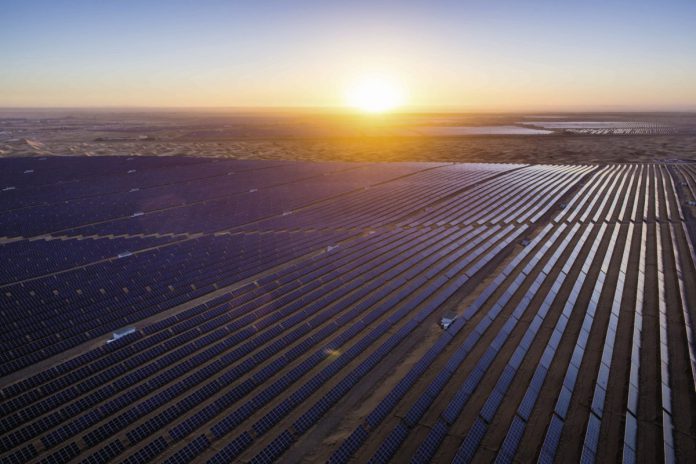The third quarter data from China’s NEA was the lowest quarterly connection figure since 2017. One of the most significant data points is that the residential sector was the main driver of demand. IHS Markit had previously anticipated that total 2019 residential installations would surpass the quota, and with the latest published data, we are maintaining our forecast of more than 5 GW of residential installations this year in this market.
We are still confident that the fourth quarter will be the largest quarter in China this year. However, delays in market demand increasing and the lack of hard deadlines for large ground-mount installations have led us to review our installation forecast for China 2019 and resulted in downward adjustments of 5-8 GW. Our forecast does not refer to connection data, which will be less than the IHS Markit installation forecast due to lengthy average delays in connecting utility-scale PV in China. As a result, PV connections could be below 30 GW in China this year.
Behind the numbers
There are several reasons why Chinese installations will be lower in 2019. Among these is the delayed confirmation of several policies, such as the subsidized project list for 2019, the solar FIT, the policy for unsubsidized projects, and other relevant policies. This has generated extreme uncertainty across manufacturers and developers and a prioritizing of international markets.
Component costs are expected to decrease in the first half of 2020, which might compensate for the gradually lower tariff per quarter that is allocated in China, while demand from international markets is stronger than ever and prices in overseas markets are higher than in the domestic market, which forces manufacturers to prioritize international orders. The trend is anticipated to continue in the fourth quarter and module export shipments are expected to surpass 70 GW in 2019.
Finally, a change of major development players and investments moving toward wind has contributed to 2019’s solar slowdown in China. The wind investment growth rate has significantly increased in the first three quarters of 2019 due to several factors. They include the entrance of large IPPs that focus not only on solar, but give preference to whichever technology better fits their portfolio at a certain point in time, as well as stable price projections for wind equipment, which makes earlier development more profitable.
Global growth
IHS Markit still forecasts 129 GW of global installations this year. Our current assumption is that this decrease in demand in China will be balanced out by unexpectedly fast installation growth in some other international markets. These markets could include the Netherlands, Spain, Germany, Italy, Turkey, or Ukraine. Furthermore, there is considerable upside market potential in the Asia-Pacific region outside of China, several South American markets, and in South Africa.
China will move from representing 47% of installations in 2018 to less than 30% this year. Still, the country will remain the largest solar market in the near future, but this year marks a clear trend on the increasing relevance of solar installations in other regions and emerging markets. In 2012, only five markets installed more than 1 GW within the year. In 2019, we are anticipating 16 countries to surpass the 1 GW annual installation threshold. And this diversification trend is only going to continue.
Will this delay have any additional impact on the supply chain? Very limited. International markets have maintained stable demand this year despite weak demand in China. IHS Markit does not anticipate the delay in Chinese installations to have any additional price impact – that is, nothing higher than the anticipated price declines in the fourth quarter or the first quarter of 2020. However, it will be a challenging period, not only because of China, but mostly due to lack of visibility for strong global demand and the additional capacity of cells and modules expected in the first half of 2020. Both trends will impact the entire supply chain and initiate another cycle of margin compression. In this difficult period for the module supply chain, multicrystalline products will pay the highest toll and will continue to be progressively phased out in most markets.






